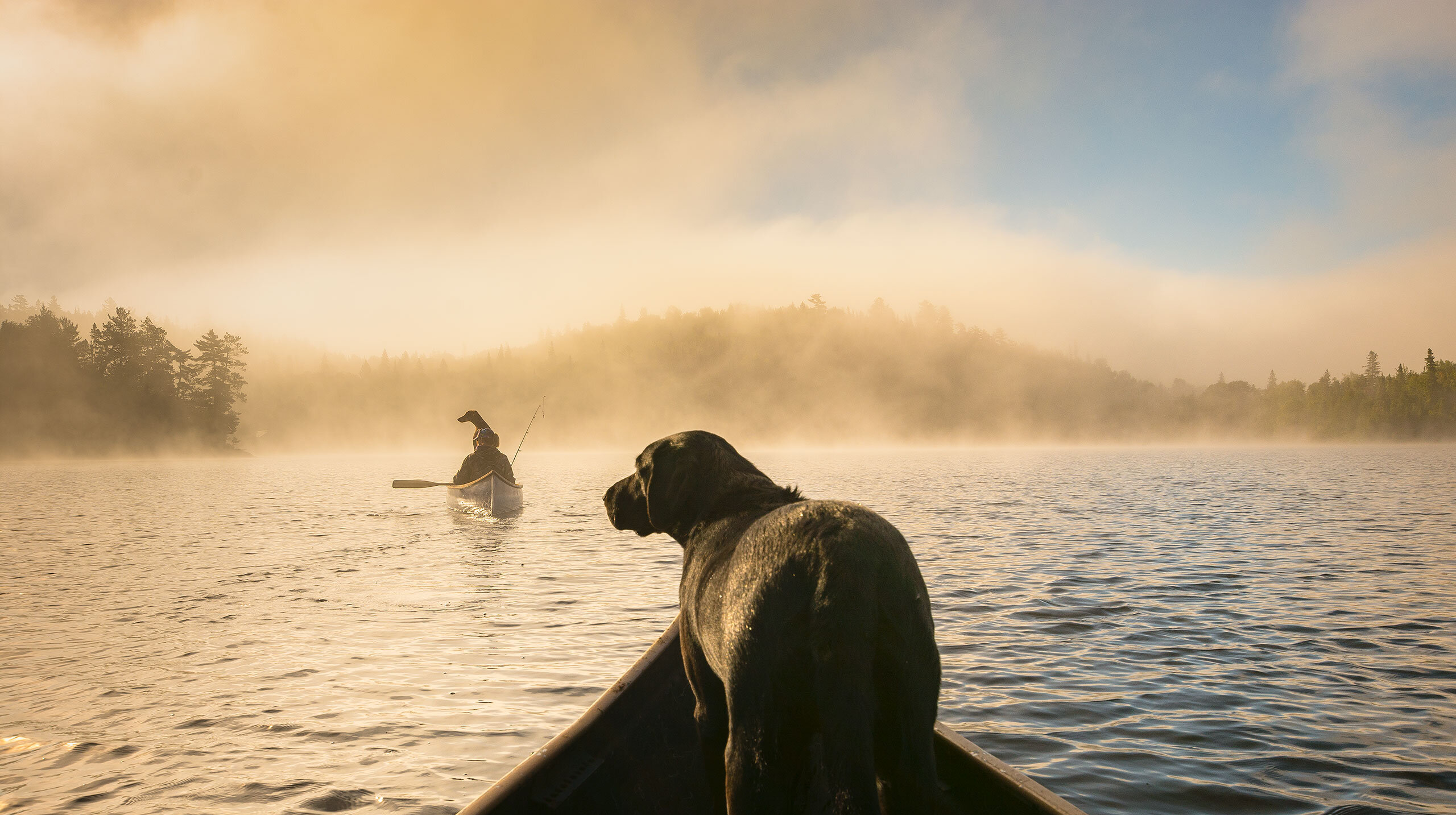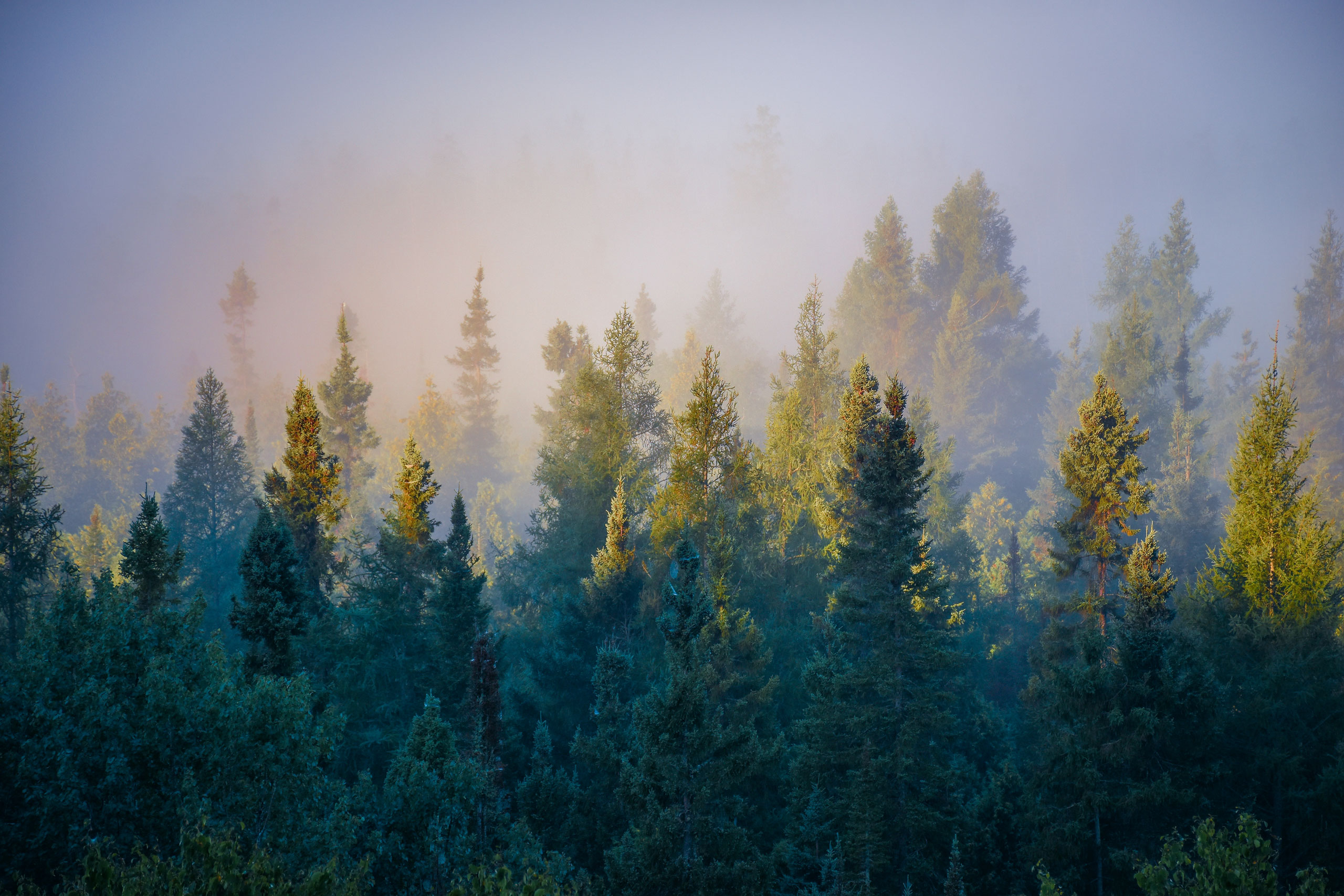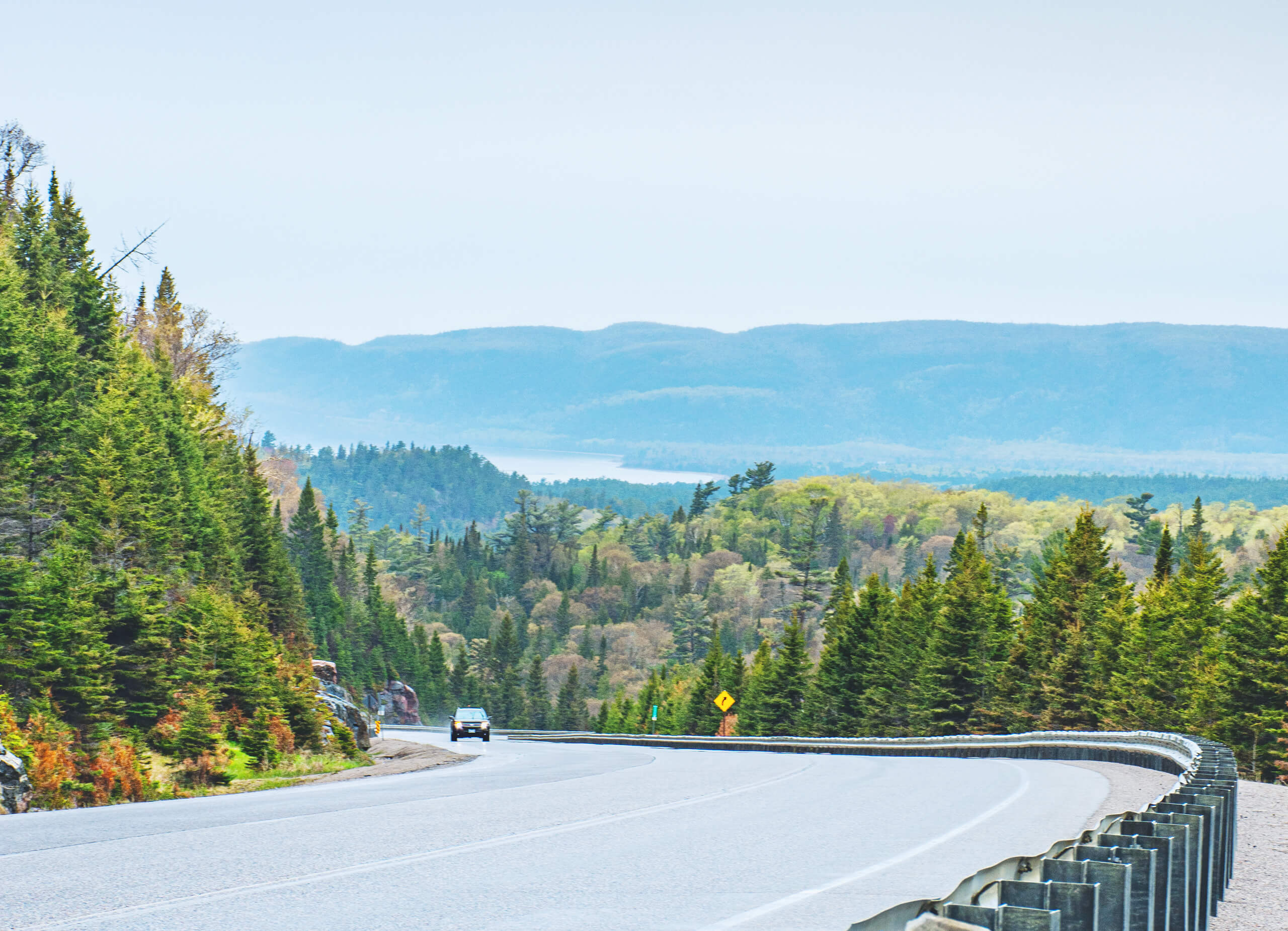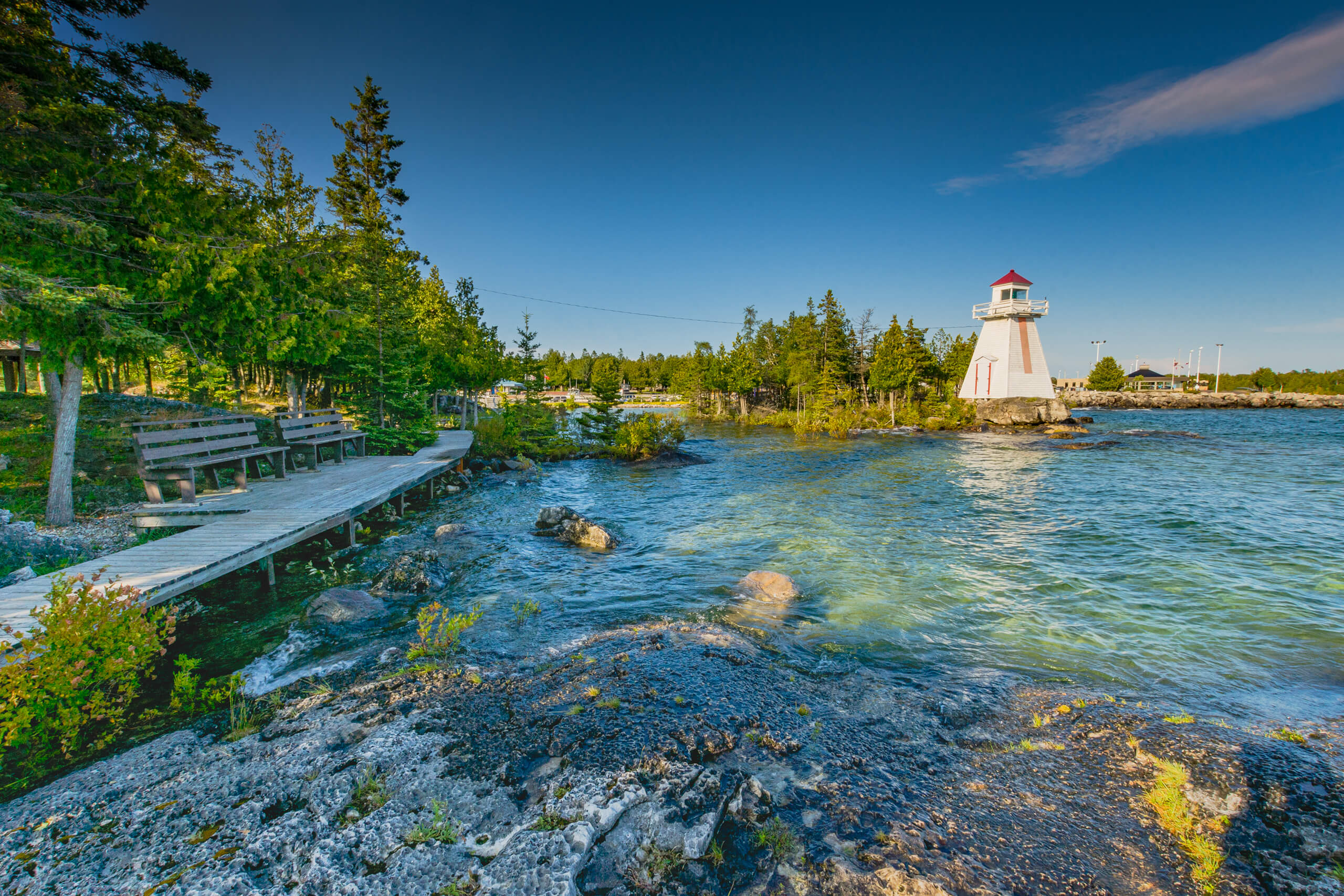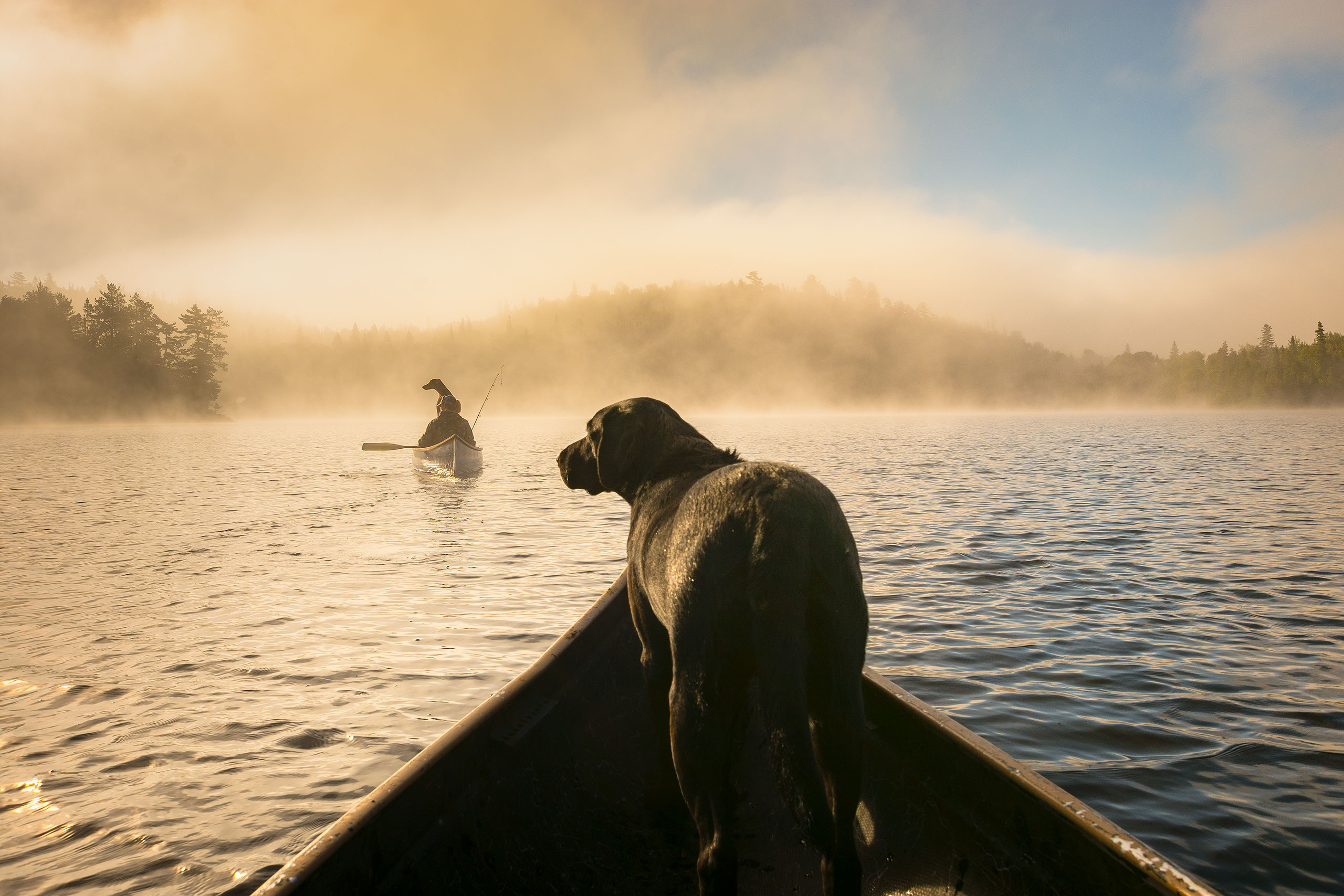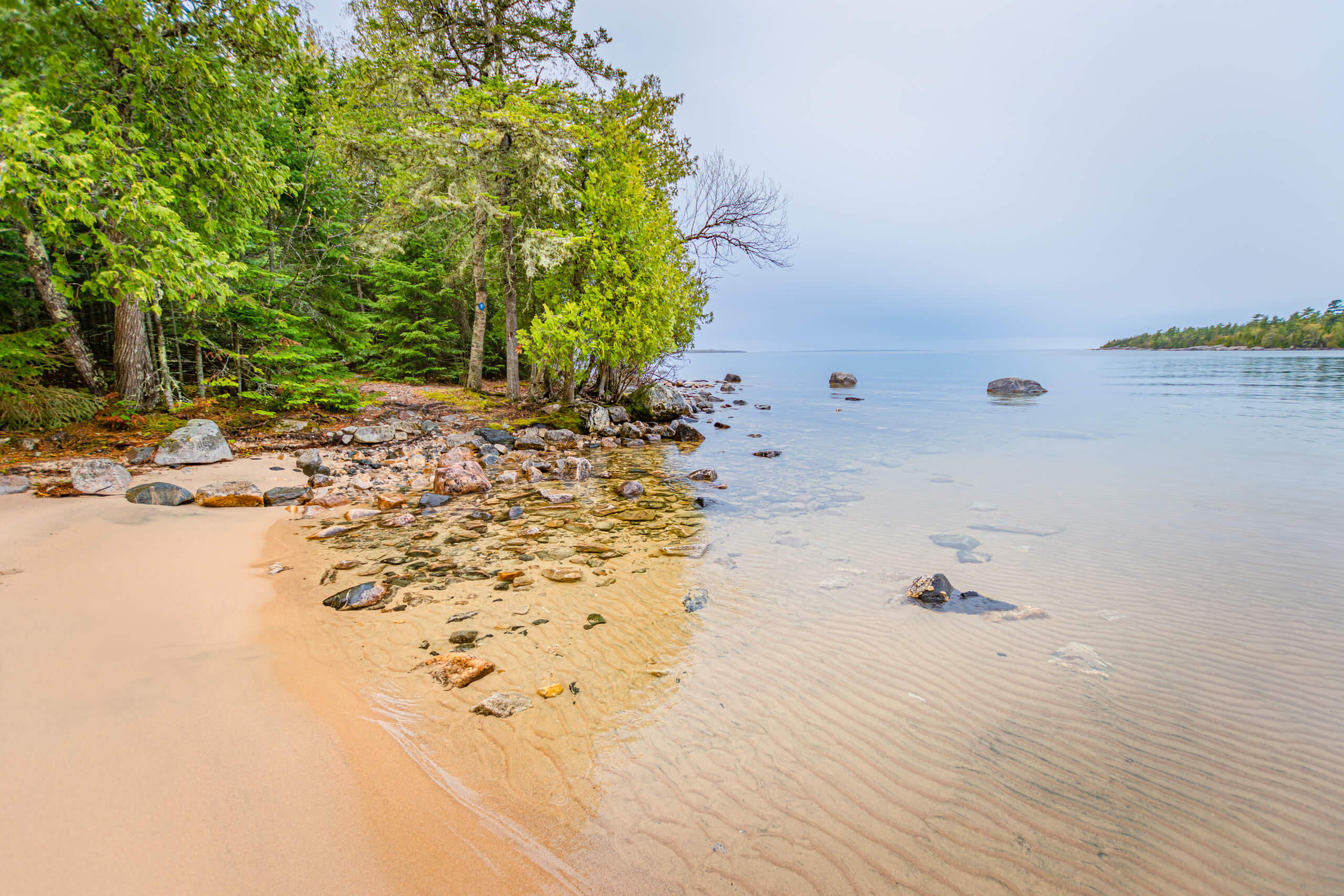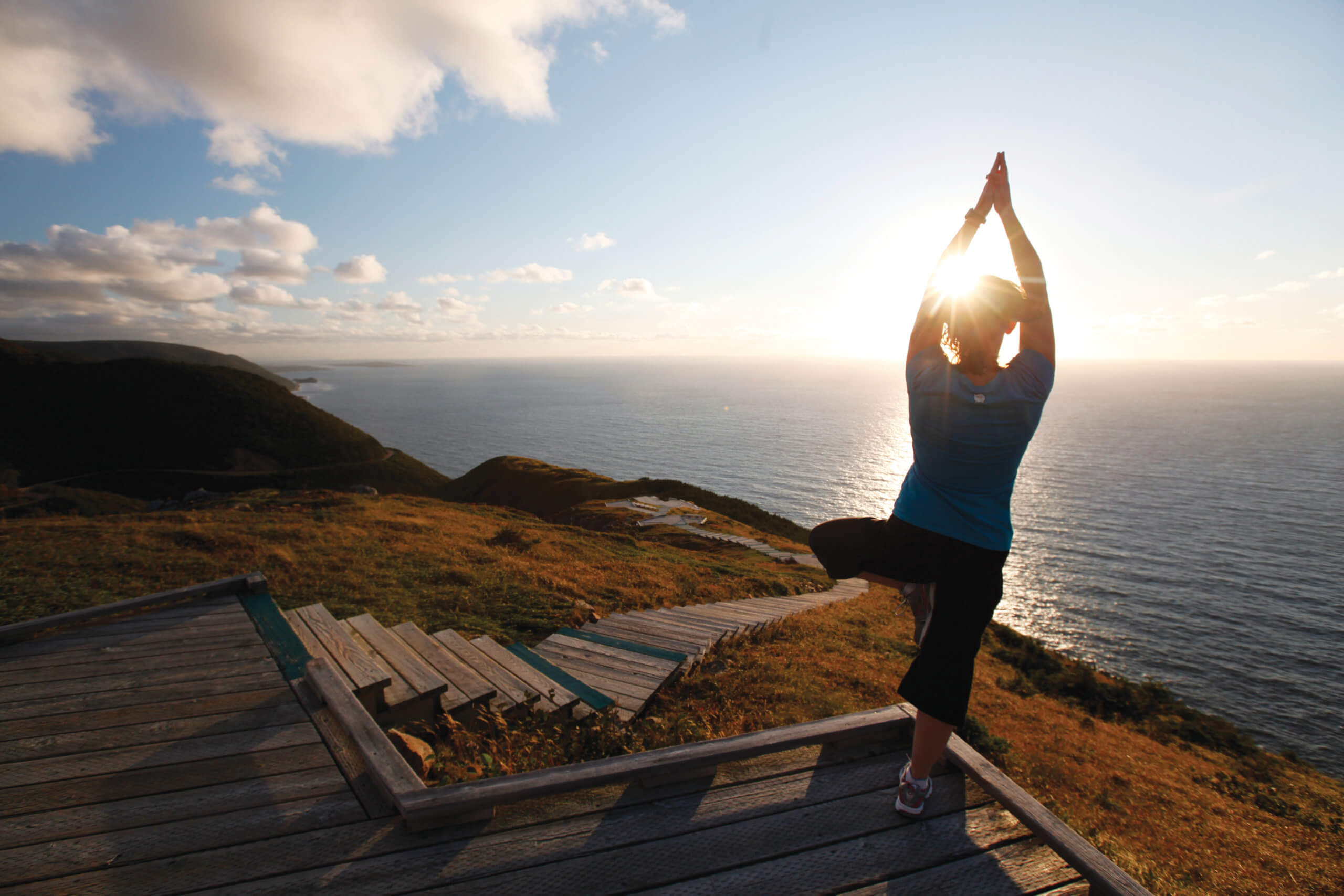A Short Guide to Northern Ontario
Even though I spent the vast majority of my life living in Ontario, I’m embarrassed to admit I didn’t actually venture north of the Muskokas until I was in my 20s.
As a kid, I went on many road trips with my family around the southern parts of the province, but sadly we never headed north. My first job after graduating journalism school was in beautiful Haliburton County, but although it felt very “north” to me at the time, it wasn’t anywhere near north enough to be considered Northern Ontario.
So when a dear friend of mine invited me to visit her hometown of Sudbury, I was very excited to final go north. We visited in the heat of the summer for the annual Northern Lights Festival Boreal, one of the longest running music festivals in the country. After a weekend of listening to some great Canadian music on the shores of Ramsey Lake and dancing the night away at the Townhouse Tavern, I was hooked.
Later I met my husband, who was born and raised in Thunder Bay, and he introduced me to more of the north. We travelled to Thessalon on the north shores of Lake Huron, stayed in Chapleau with family and visited friends in Timmins. We have taken our children camping on Manitoulin Island and in Killarney Provincial Park. There are many more regions that I can’t wait to explore in the years to come.
If you’re looking to head north for the first time or perhaps are looking for a new region to explore in Northern Ontario this summer, read on for a short guide to Northern Ontario’s regions, cities and attractions.
Where does Northern Ontario start?
Northern Ontario covers almost 90% of the province’s landmass but contains only 6% of its population. It is a vast wilderness area interspersed with lively towns and cities.
The border between north and south is typically thought to be the an irregular line formed by French River, Lake Nipissing and the Mattawa River.
Northern Ontario has nine cities: Sudbury, Thunder Bay, North Bay, Sault Ste. Marie, Timmins, Kenora, Elliot Lake, Dryden and Temiskaming Shores. There are, of course, many more interesting towns and communities located throughout the vast space, including a large number of First Nations communities, offering a great opportunity for authentic Indigenous experiences.
Some areas in the far north of the province can only be reached by flying in. The province’s northernmost road, Highway 599, stops at Pickle Lake about 540 km north of Thunder Bay.
Northeastern Ontario
If you’re heading to Northern Ontario from the province’s south, the first region you’ll encounter is Northeastern Ontario, which spans from Manitoulin Island in the south all the way to the James Bay shore in the north.
This is a region of pristine lakes, towering forests and warm hospitality.
Places to see in Northeastern Ontario:
Manitoulin Island, which means ‘Spirit Island’ in Ojibway, is a magical destination. It is the largest freshwater island in the world and can be reached either by the Little Current Swing Bridge on its northern shore or the MS Chi-Cheemaun passenger ferry from Tobermory that stops on its southern shores. Hike the Cup and Saucer Trail for expansive island views, visit the beautiful Bridal Veil Falls or marvel at the power of Lake Huron at Providence Bay. Discover Indigenous culture and history on the Wikwemikong Unceded Territory at the Debajehmujig Creation Centre.
Sudbury may be the region’s largest city with many amazing attractions (hello, Science North), but it is still a city of nature. There are 330 lakes in the Greater Sudbury Area, including Lake Wanapitei — the largest city-contained lake in the world. It is often referred to as the Big Nickel due to the signature 30-foot replica of a 1951 nickel that overlooks the city, a reminder of Sudbury’s mining history.
Cochrane is known for its Polar Bear Habitat but it is also the starting point for the Polar Bear Express, a five-hour train journey to Moosonee, which is located just 19 km southwest of James Bay. Once in Moosonee, you can cross the river to Moose Factory.
Other cities in the region include North Bay and Timmins, as well as numerous other noteworthy towns and communities that are best discovered on a relaxing summer road trip through the region.
Sault Ste. Marie and Algoma Country
Situated between Lake Huron and Lake Superior, Algoma Country is a stunning landscape characterized by the rugged Canadian Shield and vast old growth forests. It is a year-round playground for those who love outdoor adventure such as snowmobiling (there are thousands of km of groomed trails), canoeing, ATVing, mountain biking and freshwater fishing.
Places to see in Algoma Country:
Sault Ste. Marie (called the Soo by anyone who has ever been there or known someone from there) is one of Northern Ontario’s most interesting cities. It sits along St. Marys River at the intersection between Lake Huron and Lake Superior, thus getting its identity from both of these massive Great Lakes. But the city is also a border town, connected to its sister city in Michigan by the scenic international bridge.
The Soo is the jumping off point for many bucket list experiences, including the spectacular Lake Superior Coastal Drive (one of the top drives in the world) and the incredible Agawa Canyon Tour Train (an iconic train ride that takes travellers on a day trip through pristine Northern Ontario scenery and into the depths of the Agawa Canyon).
Other notable stops in Algoma include Wawa to see the famous giant Canada goose monument and Bruce Mines, the oldest copper mining town in Canada, where you can take a tour of the Simpson Mine Shaft.
St Joseph Island, the second-largest island on Lake Huron, is accessible by bridge about an hour’s drive east from Sault Ste. Marie. It is a popular destination for touring by motorcycle or bike, as well as for fishing and camping. The island is famous for its maple syrup.
Northwest Ontario
The largest region in Ontario by landmass, Northwest Ontario borders Manitoba in the west, Lake Superior in the south and Hudson Bay in the north. Areas within this region are known as Sunset Country and Superior Country (more on these below). The major cities here are Thunder Bay and Kenora.
When it comes to freshwater fishing, hunting, camping and wildlife viewing in Ontario, you really can’t beat Northwest Ontario. It is home to some of the province’s most incredible parks: Sleeping Giant, Neys, Woodland Caribou, Wabakimi, Ouimet Canyon and Pukaskwa National Park.
Related: Read more about the hidden treasures of Pukaskwa NP
Places to see in Northwest Ontario:
Located on the shores of Lake Superior, Thunder Bay is a dynamic northern city with many things to see and do, including excellent restaurants and breweries. History buffs can explore Fort Willian Historical Park where live exhibits show what life was like in the fort 200 years ago. A visit to the Terry Fox Monument is also a must when visiting the area, which honours Fox’s Marathon of Hope and his efforts to raise money and awareness for cancer research.
Kenora is located approximately 500 km northwest from Thunder Bay and 200 km east from Winnipeg. The city sits on the shores of the breathtaking Lake of the Woods, which is home to 14,000 islands and has some of the best fishing in the country. Fishing is popular year-round, with anglers coming for the famous muskie, as well as walleye, northern pike, lake trout and smallmouth bass. But the city also offers plenty of things to do on land, including the Muse (the Lake of the Woods Museum and the Douglas Family Art Centre), parks and beaches, and spectacular hiking trails.
The region of Northwest Ontario further divides itself into two regions known as Superior Country and Sunset Country.
Superior Country boarders Algoma to the east, Lake Superior to the south and encompasses the city of Thunder Bay. Outdoor adventures abound in Superior Country, including camping and hiking, fishing and hunting. Iconic Canadian wildlife, such as black bear and moose, roam the region’s many shorelines along lakes and rivers. Try one of the region’s epic hikes — such as the Top of the Giant Trail that offers unbeatable views over Lake Superior or the Casque Isles Trail which links Terrace Bay, Schreiber and Rossport along a 53-km marine trek.
Sunset Country is the furtherest west region of Ontario, getting its name from the fact that this is the last place where the sun sets in the province. Much like in neighbouring Superior Country, Sunset Country is known for great angling and hunting opportunities. There are more than 70,000 lakes in this region that provide incredible paddling and boating in addition to fishing. If you’re looking for a fly-in experience to a remote outpost, you’ll find plenty of options here. At night, the sky comes alive with billions of stars and a chance to see the Aurora Borealis.
Those looking to engage in authentic Indigenous tourism will find lots of opportunity in Northern Ontario, with Pow Wows, storytelling and traditional arts and crafts available in abundance. Visit the Indigenous Tourism Ontario for more information.

